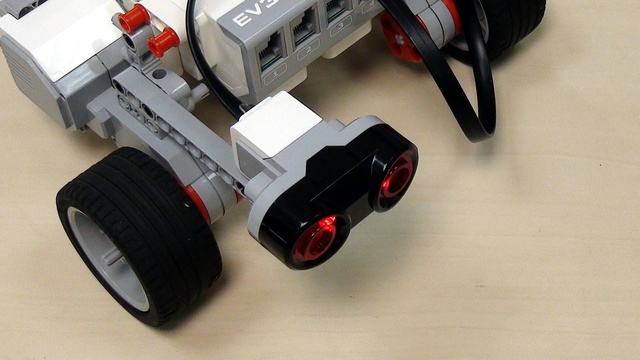

Още за ултразвуковите вълни
Сензорът за разстояние работи на принципа на изпращане на ултразвукови вълни към обект. Едното "око" е предавател и изпраща ултразвукови вълни, които се отразяват в обекта и се връщат в другото "око" - приемник.
- #944
- 17 Aug 2018

























